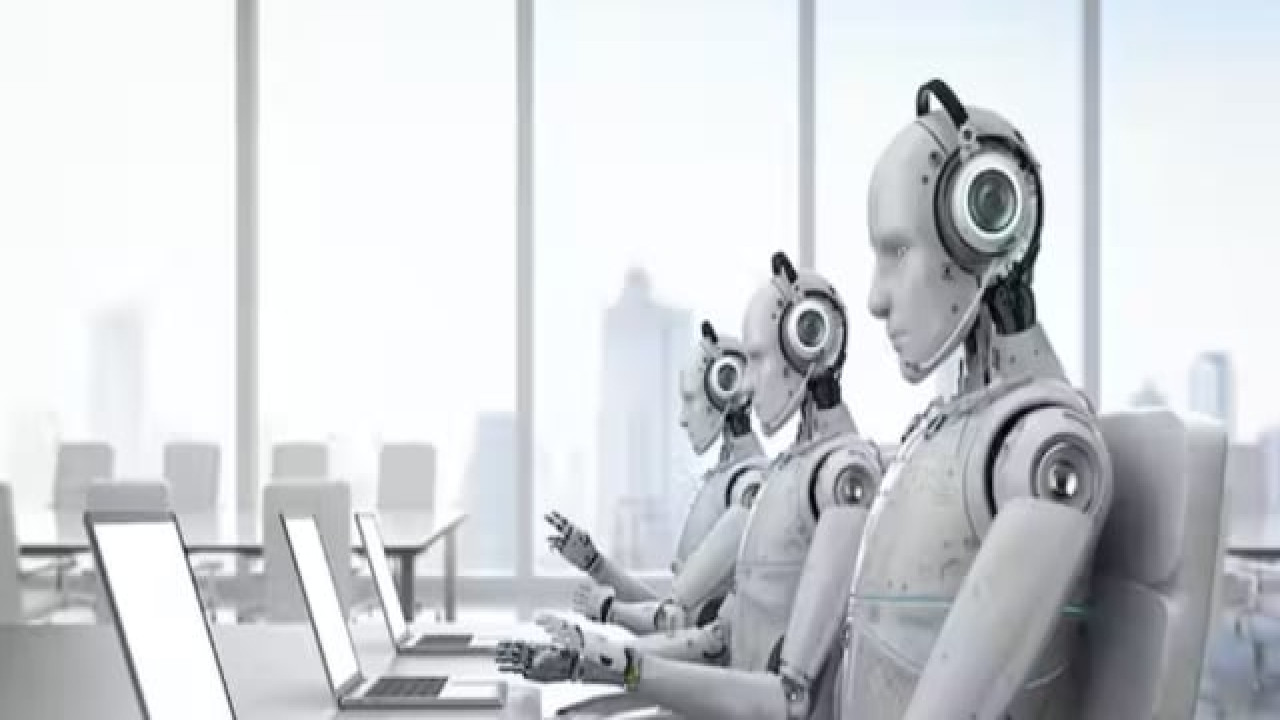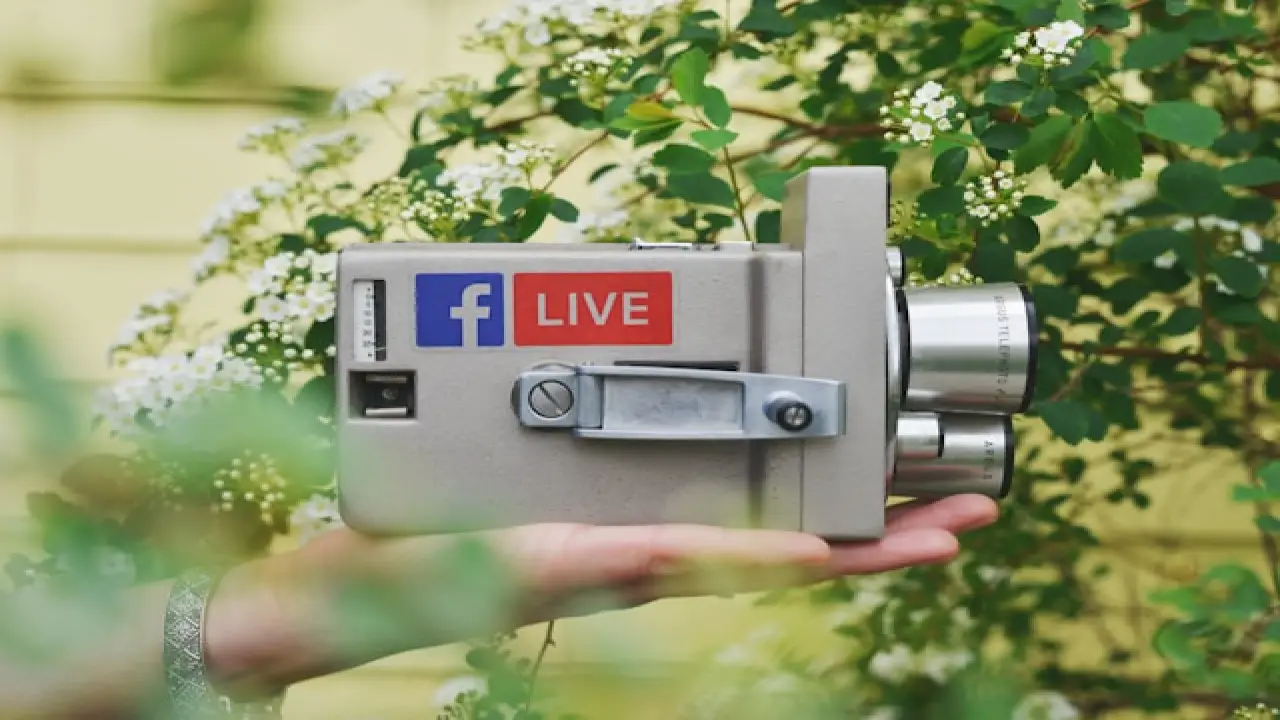Unveiling the Magic: How AI Images Work and Their Daily Evolution
In the realm of digital content creation, artificial intelligence (AI) has emerged as a revolutionary force, reshaping the way we perceive and interact with images. AI-powered image generation, often referred to as AI images, harnesses the power of machine learning algorithms to produce stunning visuals that range from realistic portraits to abstract art pieces. But how exactly do these AI images work, and how are they evolving on a daily basis?
At the core of AI image generation lies a technique known as generative adversarial networks (GANs). GANs consist of two neural networks – a generator and a discriminator – locked in a constant battle to improve the quality of generated images. The generator creates images from random noise, while the discriminator evaluates these images and provides feedback to the generator. Through this iterative process, both networks continuously learn and refine their capabilities, resulting in increasingly realistic and diverse AI-generated images.
One of the key drivers behind the daily evolution of AI images is the vast amount of data available for training these models. As AI algorithms are fed with more high-quality images, they gain a deeper understanding of visual aesthetics and semantic concepts, enabling them to produce more sophisticated and lifelike results. Additionally, advancements in hardware acceleration, particularly with graphics processing units (GPUs) and tensor processing units (TPUs), have accelerated the pace of AI image generation, allowing for faster training and inference times.
Furthermore, researchers and developers are constantly pushing the boundaries of AI image generation through innovative techniques and architectures. From progressive growing GANs to style transfer algorithms and image-to-image translation models, the landscape of AI image generation is rich with experimentation and creativity. These advancements not only enhance the quality and diversity of AI-generated images but also open up new avenues for artistic expression and storytelling.
Beyond the realm of creative endeavors, AI images are also finding practical applications across various industries. From medical imaging and satellite imagery analysis to computer-aided design and virtual prototyping, AI-generated images are driving innovation and efficiency in diverse fields. By automating labor-intensive tasks and providing valuable insights from visual data, AI images are empowering businesses and researchers to make informed decisions and unlock new possibilities.
As we journey into the future, the evolution of AI images shows no signs of slowing down. With ongoing research, technological advancements, and creative exploration, we can expect AI-generated visuals to continue pushing the boundaries of what is possible, inspiring awe and wonder with each passing day.









Comments (0)